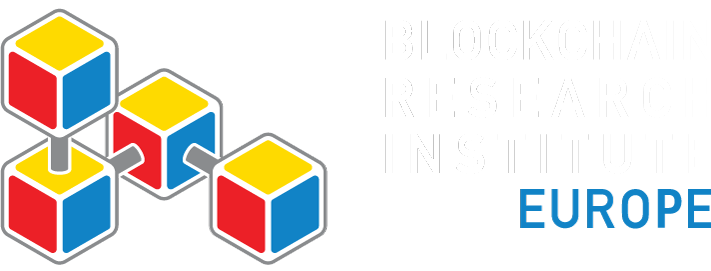Declaration of Interdependence
Report Overview
Author: Don Tapscott
Release Date: January 16, 2018
Abstract:
This manifesto for change calls for a new social contract, one that redefines the relationship between individuals in society and the institutions they have created to self-govern. It looks at the four drivers of this change—the Fourth Industrial Revolution, globalization of ideas and the economy, climate change, and demographic shifts due to war, drought, and oppression. It identifies such global disruptions as structural unemployment and inequality; failing education, healthcare, and research and development; human rights violations; and a biosphere in crisis. It identifies the four core change makers—the private sector, the state, civil society, and individual citizens in mass collaboration—and it outlines the economic, democratic, social, and scientific elements of this new contract.
